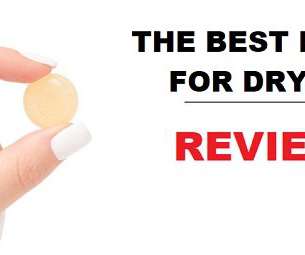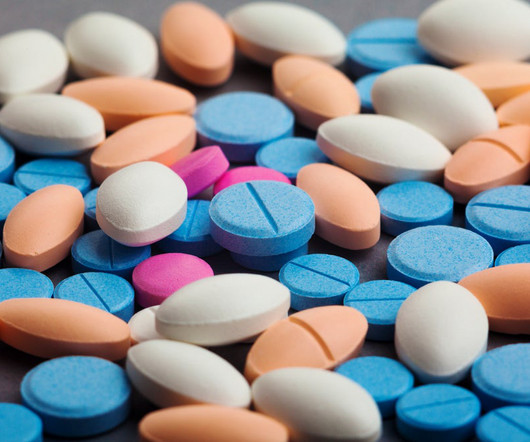Novo Nordisk plans multi-billion Denmark manufacturing expansion
European Pharmaceutical Review
NOVEMBER 10, 2023
According to the pharma company , the financing will add to global capacity: from manufacturing of active pharmaceutical ingredients (API) through to packaging. The construction projects will be finalised from the end of 2025 through to 2029. Most of the investment will be focused on API capacity.












Let's personalize your content